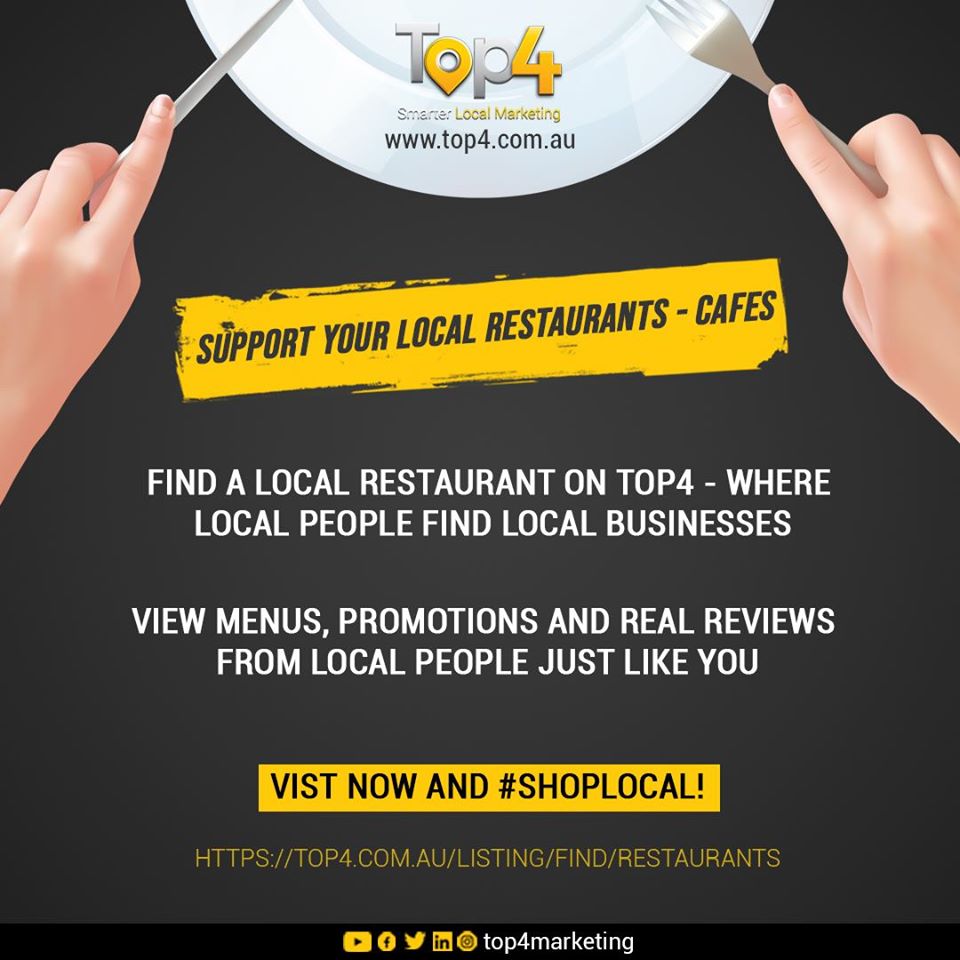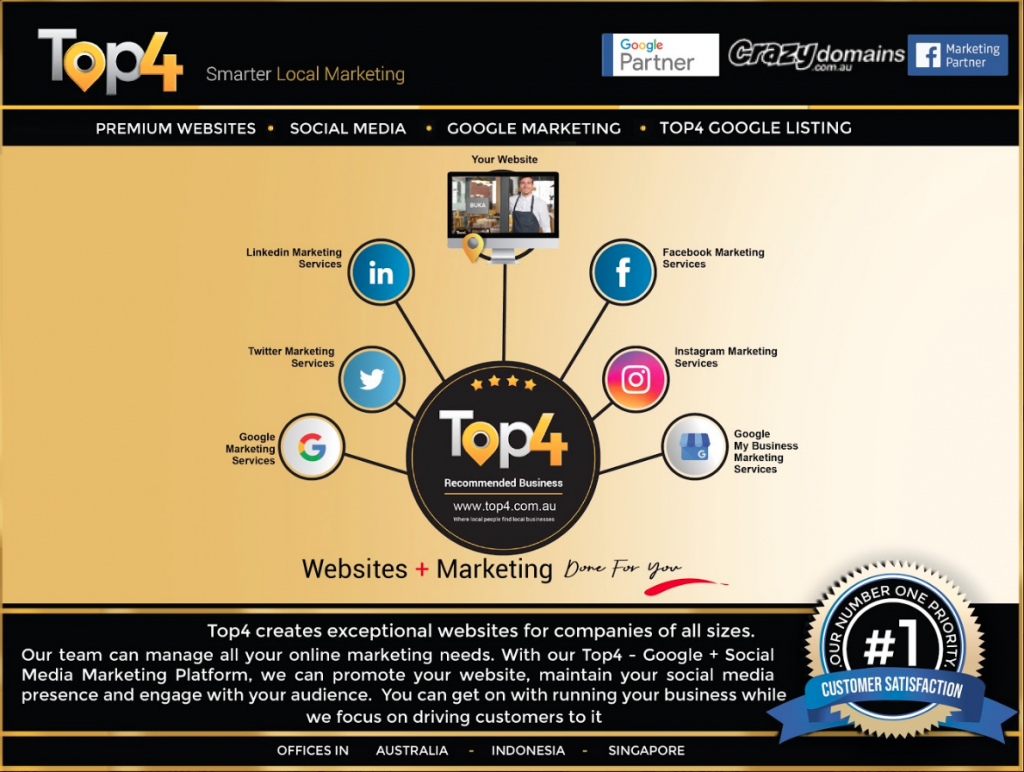As Australian state borders shut against Covid-19, restaurants are better prepared than in the first lockdown. But will delivery outlive coronavirus?
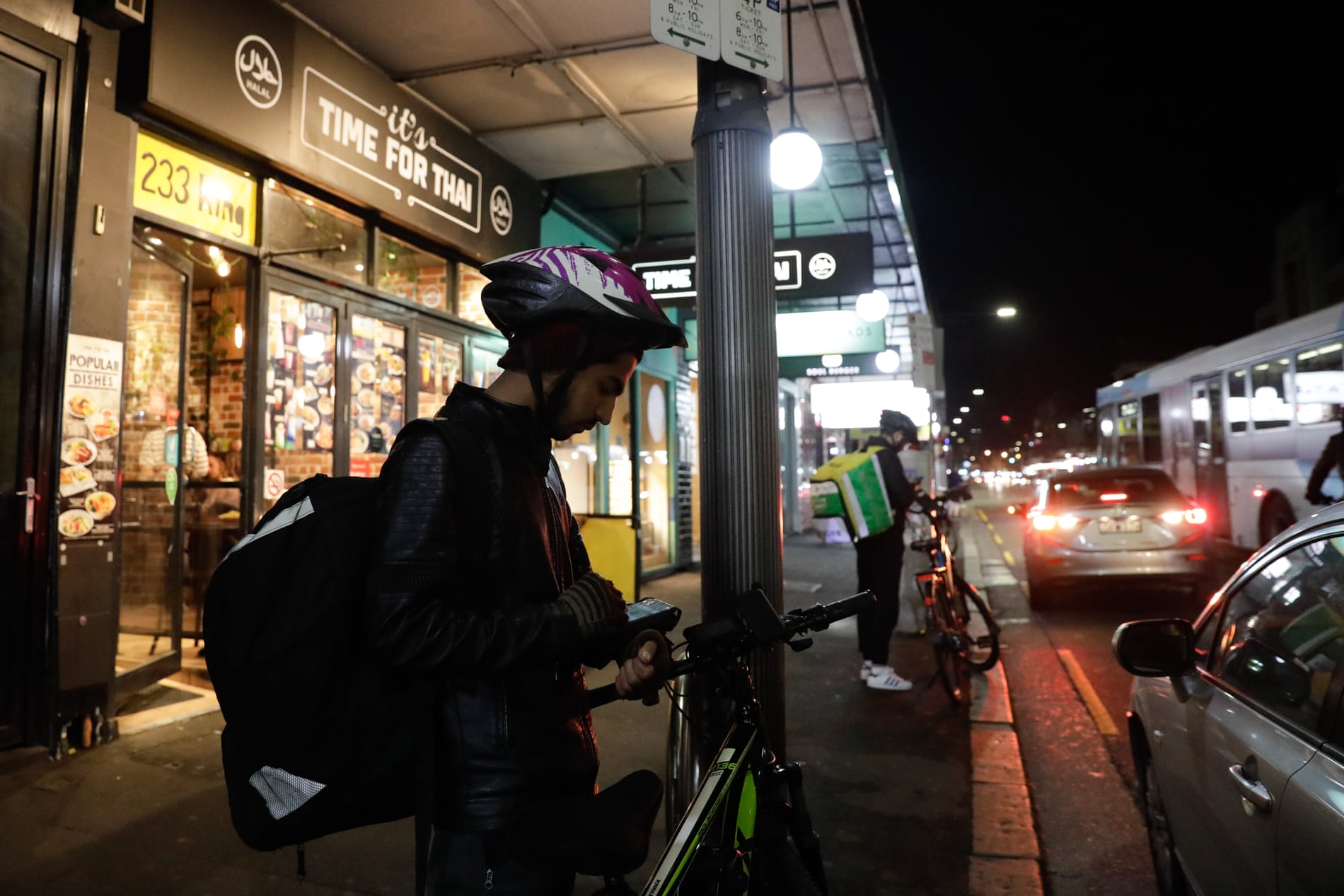
Less than two weeks after Scott Morrison gave states and territories the green light to loosen the one person per four-square-metre rule to two square metres, metropolitan Melbourne re-entered stage three lockdown. The city’s restaurants were able to serve dine-in customers for a little over five weeks before having to revert to takeaway and delivery only. But this time, many were ready.
Chef-owner Shane Delia (Maha, Maha East and Maha Bar) launched finish-at-home meal service Maha Go during the first lockdown, and Providoor, a delivery service for premium restaurants, at the start of June. Providoor charges restaurants 15% commission, around half of what Uber Eats and Deliveroo charge. Delia says he’s not profiting from the service, used by restaurants such as Philippe, Flower Drum, MoVida, Tipo 00 and Sunda.
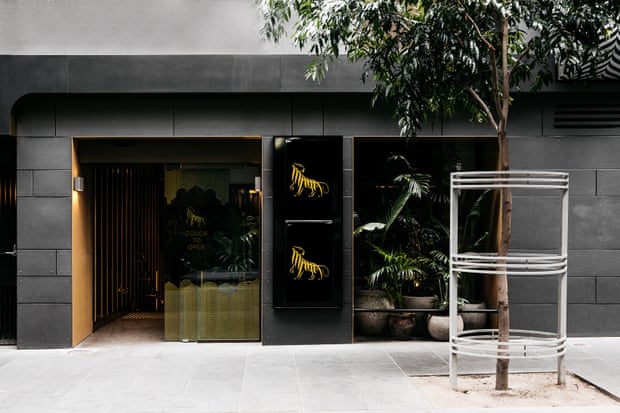
“If you exist on Deliveroo or Uber (Eats), you don’t exist on Providoor,” he says. “My responsibility is to get the best bang-for-buck for these restaurants. I have to look these people in my eyes – these people are my friends – I can’t take their money and not give them anything back.”
Delia points out that the shift to delivering finish-at-home restaurant meals is more arduous than packing up an existing menu. It’s a pivot into product development, packaging and logistics.
While Providoor provides a premium delivery service, the oft-awarded Attica in Ripponlea has become more accessible. Chef and owner Ben Shewry might deliver a weekend-only $380 tasting menu, but he first launched Attica at Home with a $60 lasagne for two with sides.
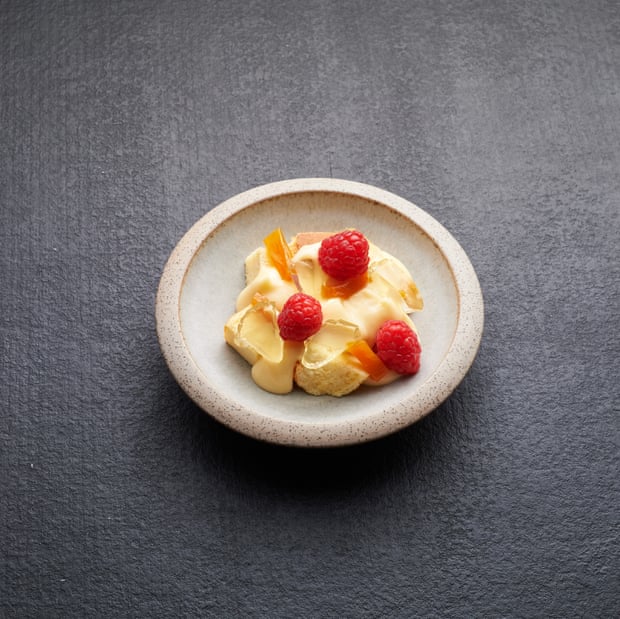
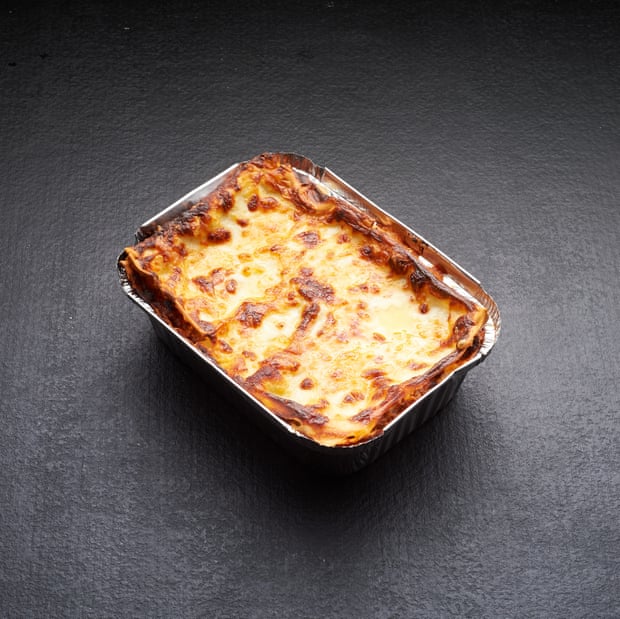
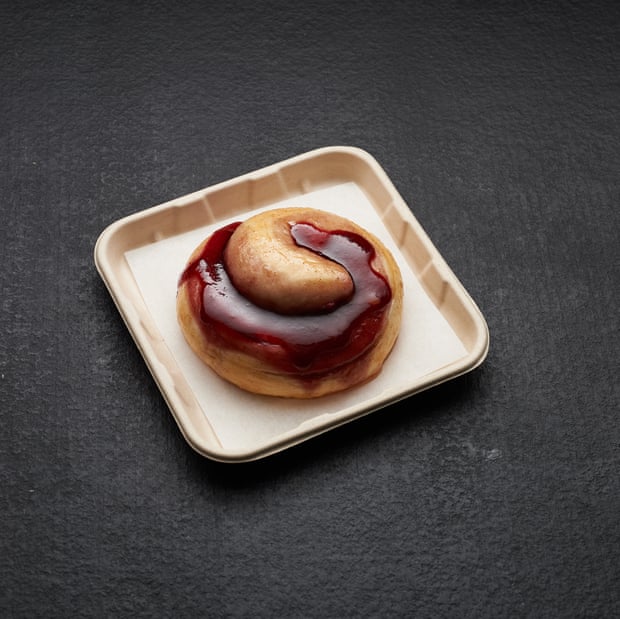
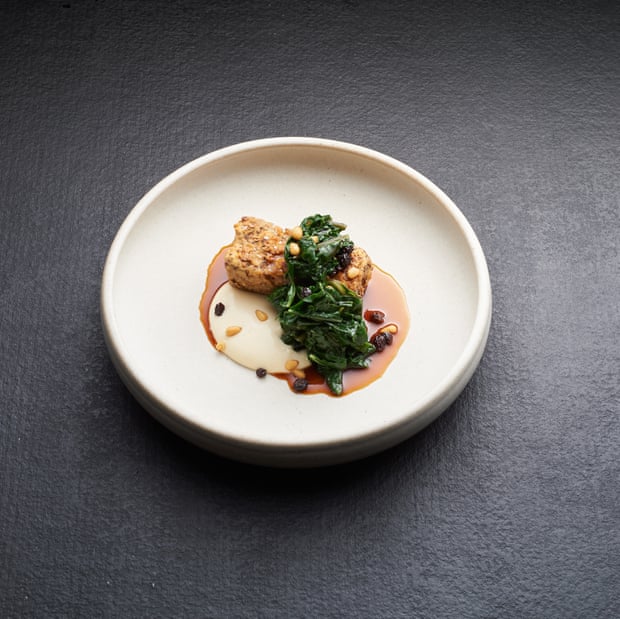
“It’s definitely not above us, but it might have taken Covid to start doing it,” says Shewry. “We really like being connected to the community at a different price point and that’s been a really amazing, rewarding thing to come out of this.”
Shewry is quick to counter any suggestion that delivery allows for anything more than survival. For dine-in to be financially viable, Attica must seat 50 people. Before the second lockdown, at one person per four square metres, he could fit 20 – fewer customers than there would be staff.
“We’re not thriving,” he says. “This is the most trying time in our company’s history. We have to fight every day. I don’t want to understate that.”
In Sydney, restaurants can seat one customer per four square metres. Ho Jiak head chef, Junda Khoo, remained open during lockdown to keep staff employed, even though his restaurants’ takings were just 10% of what they would usually be. Ho Jiak started delivering via Uber Eats but quickly backed off, instead paying the upfront costs associated with setting up a website and running delivery.
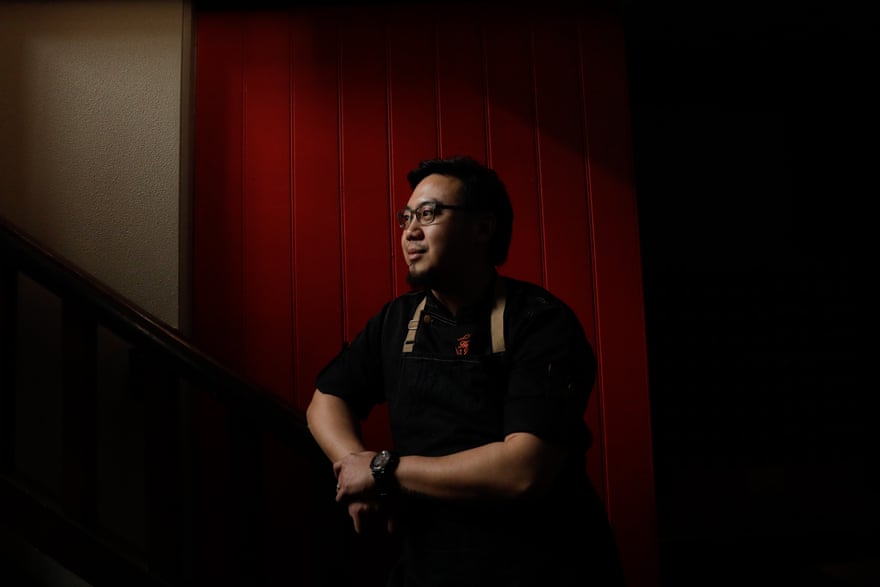
“We actually realised we were losing a lot more money by using Uber Eats. If your profit margin is 25%, which is high for a restaurant, Uber takes 35%, so you lose money,” he says.
In May, Uber Eats announced that the company was dropping its standard ceiling commission fee. The company says that no restaurant partner currently pays more than 30%. It also introduced new features such as pick-up options and restaurant-managed delivery at lower or no fees.. “We give restaurants – in every state and territory – choice and control in how they partner with Uber Eats,” an Uber Eats spokesperson told Guardian Australia.
As the bulk of orders have transitioned from delivery back to dine-in, Khoo has signed on with different third-party platforms to “diversify the income” across its three outlets. The more delivery orders received, the more staff Khoo has to employ to fulfil them. Staff costs consume a significant proportion of a restaurant’s profit margin, Khoo explains, which means it only makes sense for him to use third-party delivery apps to a point.

“We’re on board with it because we’re not getting that volume from Menulog and Uber Eats, so it doesn’t really bother us. But if the delivery numbers go up to 30% to 40% of sales, then we’ll cancel it,” he says.
For O Tama Carey from Lankan Filling Station in Darlinghurst, delivery and takeaway weren’t as successful as she’d hoped. Carey launched takeaway in mid-April to support staff ineligible for jobkeeper, testing out delivery using Bopple. The platform charges between 3.9% and 5.9% commission and enables venues to use their own drivers.

Carey is surprised it wasn’t busier, attributing delivery’s lack of success to a small radius and her customers’ love of dining out. She dropped delivery, and when restaurants reopened, her takeaway orders fell 75%. Still, she plans to continue takeaway if her kitchen’s capacity allows for it with a full house – the effort involved in setting it up was too much to let it go.
“I don’t know what would have happened if we went with Uber Eats and could have done a bigger area … we are a small community restaurant and I just think those big companies aren’t ideal with the commission they take,” she says.
Carey’s dislike of delivery goes beyond the commission rates of third-party companies to their potential to destroy the romance of the restaurant industry. Delivery can’t replicate a dining room moody with music, the swing of service or the gossip of effortless friendships and jittery first dates. But Uber Eats is not to blame – it’s simply meeting demand.
“It’s not their fault,” says Carey. “Last year I thought winter was going to be good for us, considering the food, but it was quiet. Since Uber Eats, we’ve noticed a real change. The whole convenience thing is really eroding that little extra effort that people make.”
Delia agrees with Carey, even though he believes that delivery is the future of food in Australia, and beyond.
“If you speak to any profitable, smart person about what sector they’re forecasting growth in, it’s food delivery, and that’s a global perspective,” he says. “I’m a restaurant tragic; I want nothing more than to see people back in restaurants, but the old way wasn’t working.”
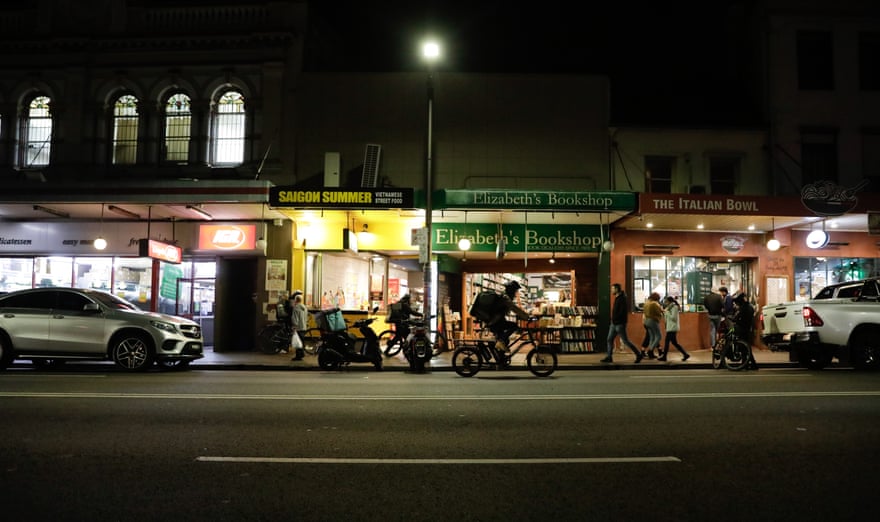
But the new way isn’t perfect, either. Delia says that Providoor’s 15% commission rate is “peanuts”.
“It’s nowhere near enough to make it a business, but it’s giving restaurants an opportunity to create revenue now, and post-pandemic, and we are giving restaurant customers a service that they’ve never been able to access previously,” he says.
Delia, who previously partnered with a delivery service when his casual Biggie Smalls restaurants were open, acknowledges that the company is a commercial enterprise that’s also fighting to make a profit.
“Looking back now, with my own business, 30% commission is probably not enough to make that sustainable [for a delivery service], but for a restaurant it’s too high … The problem is the industry is flawed and the margins are too small in hospitality.”
In May, Uber Eats regional general manager for Apac, Jodie Auster, released a statement explaining “Delivery fees paid by consumers … don’t always cover the restaurant’s cost of paying delivery partners for the work they do … But fundamentally, like restaurants themselves, we are a low-margin business.” Globally, third-party food delivery services are notoriously unprofitable.
The solution in Australia, according to Delia, lies in reforms to taxation laws, specifically the abolition of fringe benefits tax and payroll tax. In major Australian cities, we’ve also become spoilt, he says – our expectations of restaurant and food quality have skyrocketed with the popularisation of eating out, but the price of food doesn’t reflect that.
“Culturally we are conflicted. We want to be given a fair go where everybody has an opportunity and they’re paid properly for that opportunity, but we don’t want to pay for it, not at our expense,” says Delia. “This is a great time in our history, and I know everyone’s really down in the dumps, but if we shift our perspective, what we’ve been given is a chance to reset.”
Local Marketing for Restaurants with Top4
At Top4 Marketing, we realise how important local marketing has become for many businesses, especially local restaurants, even more so post-Covid19. With few to no visitors, local restaurants will have to rely on takeaways, home delivery, and online ordering.
This is why we have been improving our Location-based Google Marketing Platform Top4 to further accommodate local restaurants and keep the business running.
Find nearby local restaurants
- Access their basic information, such as name, address, phone number, email address, map and Google map directions.
- Browse through their overview, gallery, products, and press releases.
- Read verified reviews from local people before making your purchase.
Order from your favourite local restaurants
- Browse through restaurant menus and order immediately, direct to the restaurants.
- Access the latest deals and redeem coupons from the participating local restaurants in your area.
Follow your favourite local restaurants
Connect with over 150,000 active local businesses – cafes – restaurants – RSL clubs in Australia, New Zealand and Indonesia!
Support the local restaurants in your area with Top4 now – https://www.top4.com.au/restaurant/
Looking to build customer loyalty through social media? Don’t forget to add your business to Top4.com.au
List your business, create your own digital store to sell goods and services, and share posts on social media. Promote your business on Google instantly! Should you need help with local digital marketing then view our new Google Marketing Platform and services Top4 Marketing
Get Found On Google Promote Your Website, Reach local customers today!
Our Digital Marketing Agency Services Across All Industries Include Search Engine Optimisation (SEO), Google Marketing, Website Design, Corporate Web Development, and local location-based marketing using our own Google Marketing Platform!
Engage A Social Media Agency For Only 1/3 The Cost Of Employing A Social Media Manager…LET’S TALK!
Source: theguardian

